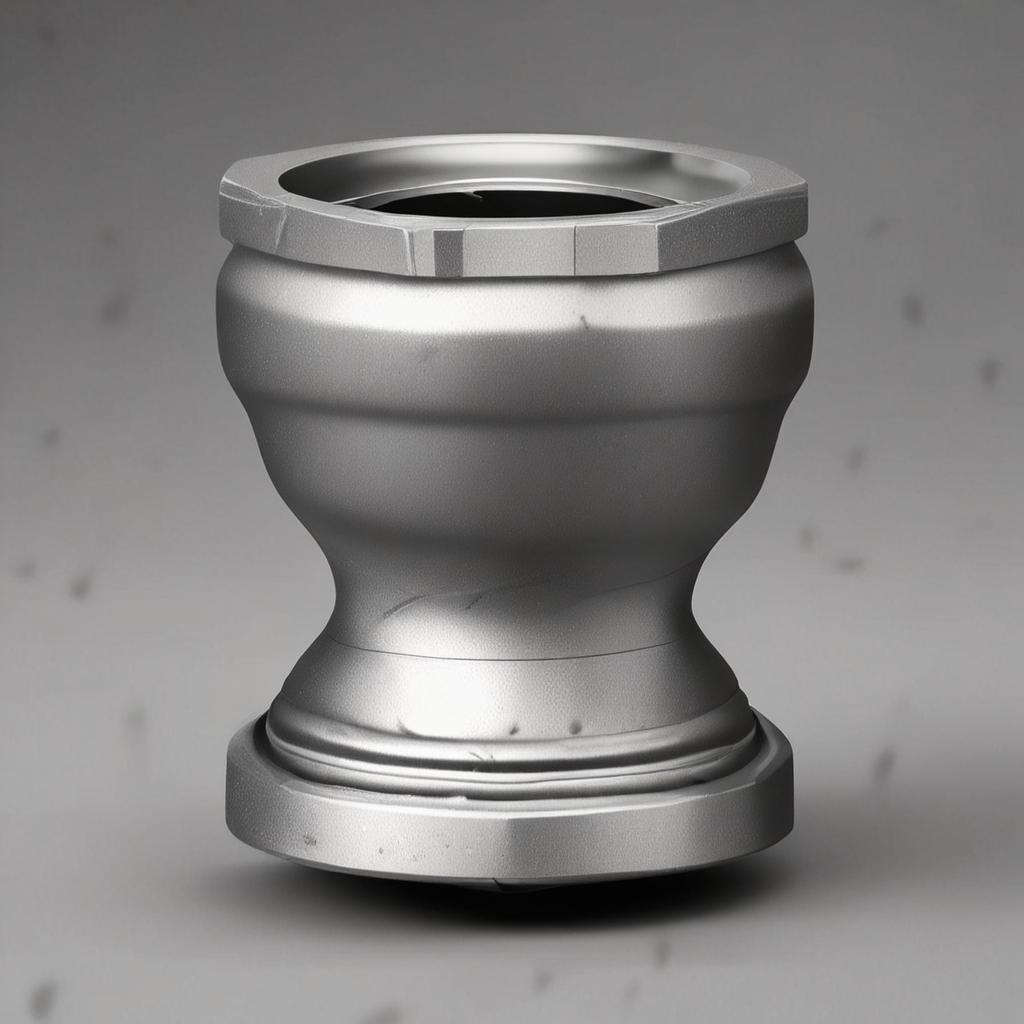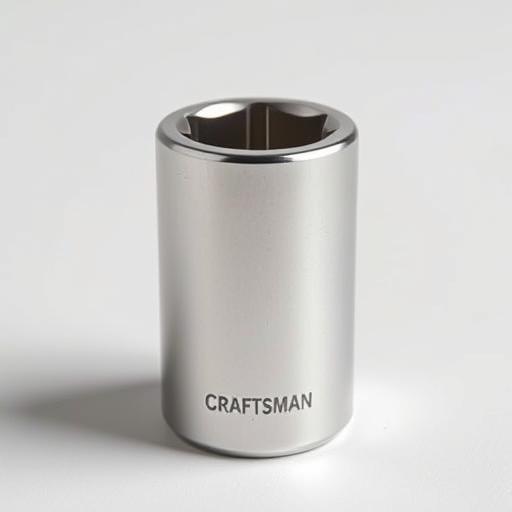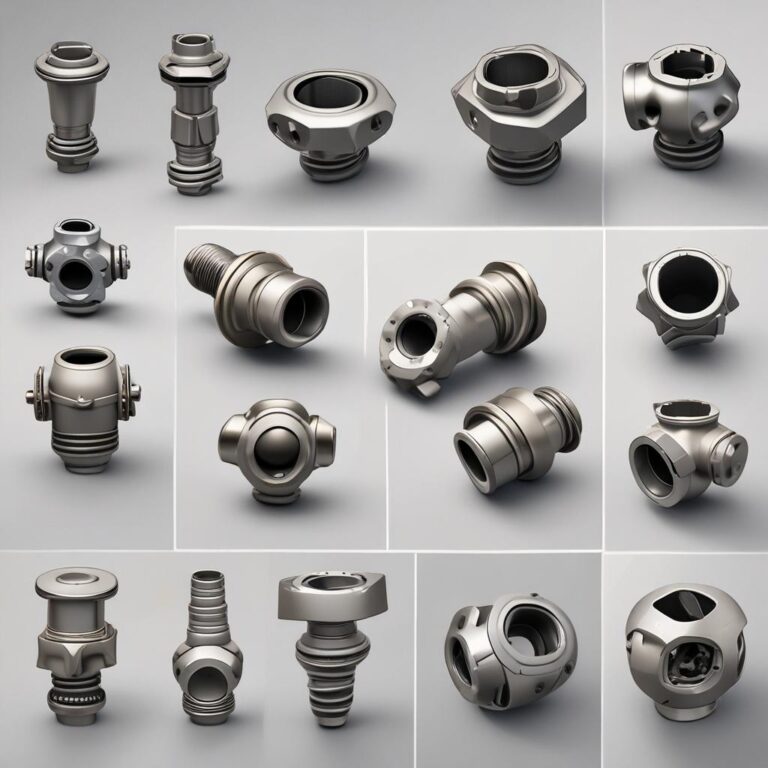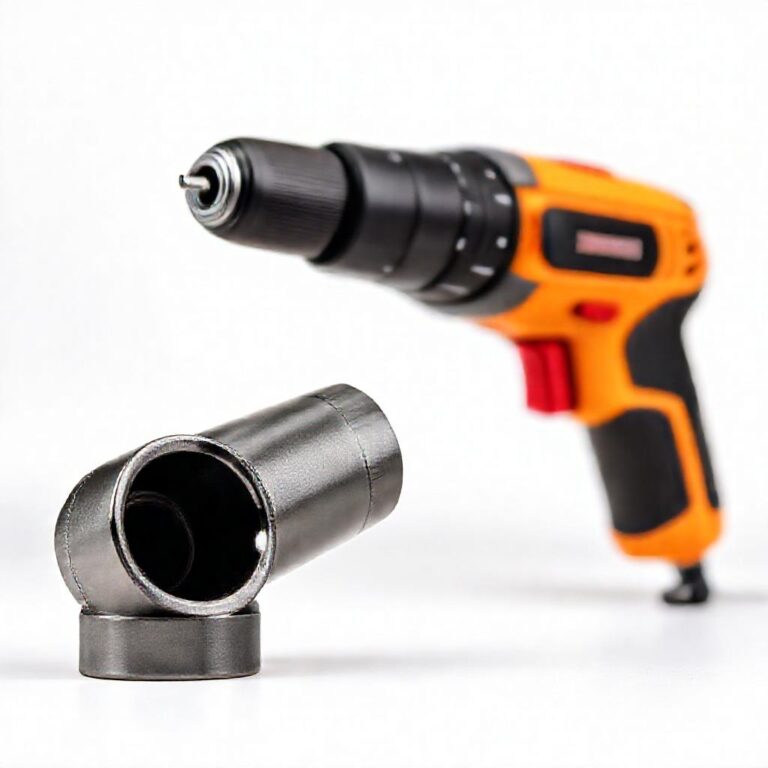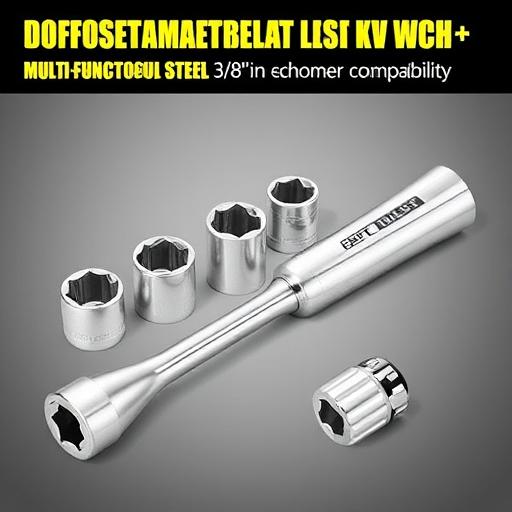What is a Universal Joint Socket Used For
If you’ve ever struggled to reach a stubborn bolt tucked away in the depths of an engine or the tight corners of a machine, you know how frustrating standard tools can be. That’s where a universal joint socket comes in—a versatile tool designed to bend the rules of traditional sockets. Whether you’re a mechanic, an engineer, or a DIY enthusiast, understanding how and why to use a universal joint socket can save you time, frustration, and even prevent damage to your project. In this guide, we’ll explore everything you need to know about these flexible tools, from their core functions to best practices for use.
Step-by-Step Process
Identify the Task
Determine the application requiring a universal joint socket.
Select the Right Socket
Choose a socket compatible with the joint and tool.
Attach the Socket
Securely connect the socket to the universal joint.
Align the Tools
Ensure proper alignment for efficient torque transfer.
Operate Safely
Use the setup to perform the task with controlled force.
Process infographic for What is a Universal Joint Socket Used For
What Is a Universal Joint Socket?
A universal joint socket is a specialized tool that combines a socket wrench’s functionality with the adaptability of a universal joint. At its core, it consists of two parts: a socket attachment (like a standard socket) and a universal joint that allows the socket to pivot at various angles. Unlike fixed sockets, which require a straight-on approach, a universal joint socket can navigate around obstacles, making it indispensable in tight or awkward spaces.
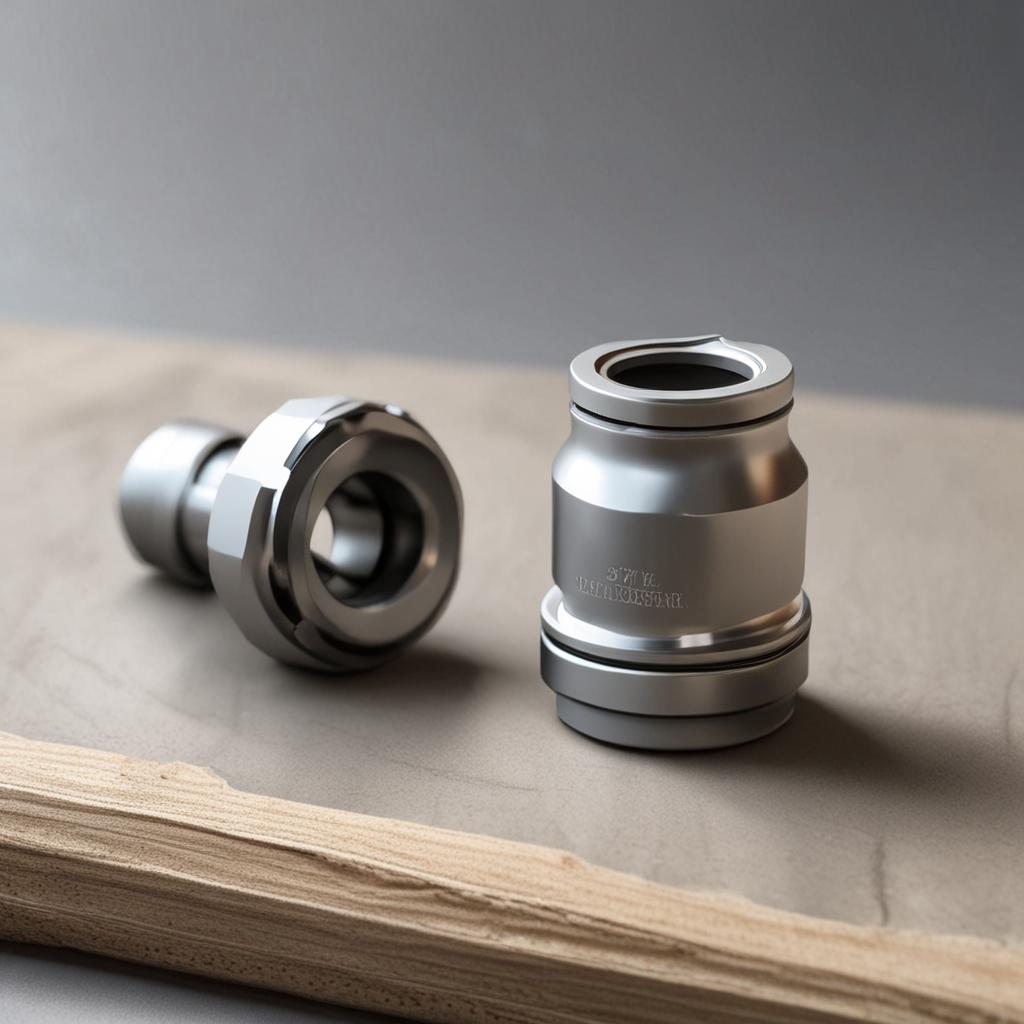
This tool differs from standard sockets and extensions because it maintains torque transmission even when bent at an angle. While a flexible extension might bend under pressure, a universal joint socket remains rigid in its movement, ensuring precision and control.
Primary Uses of Universal Joint Socket
Automotive Applications
In the automotive world, universal joint sockets are lifesavers. Mechanics rely on them to access bolts and fasteners in hard-to-reach areas, such as:
- The differential or drivetrain, where space is limited
The ability to pivot at different angles reduces the need for disassembling extra parts, speeding up repairs and saving labor costs.
Industrial and Mechanical Uses
Beyond cars, universal joint sockets play a crucial role in machinery maintenance and assembly. They’re often used in:
- Manufacturing plants for repairing conveyor systems and industrial equipment
Their flexibility ensures technicians can work efficiently without sacrificing precision.
Home and DIY Projects
Even for hobbyists, universal joint sockets are invaluable. Home projects like:
- Assembling furniture with awkwardly placed screws
can be completed faster and with less hassle. However, DIYers should exercise caution—misalignment or excessive force can damage the tool or the workpiece.
How Does a Universal Joint Socket Work?
A universal joint socket operates thanks to its built-in Cardan joint (or Hooke’s joint), which allows angular motion while transmitting torque. This design ensures the socket remains functional even when bent at steep angles. Unlike fixed sockets or extensions, which can bind or lose effectiveness when not perfectly aligned, a universal joint socket maintains consistent performance.
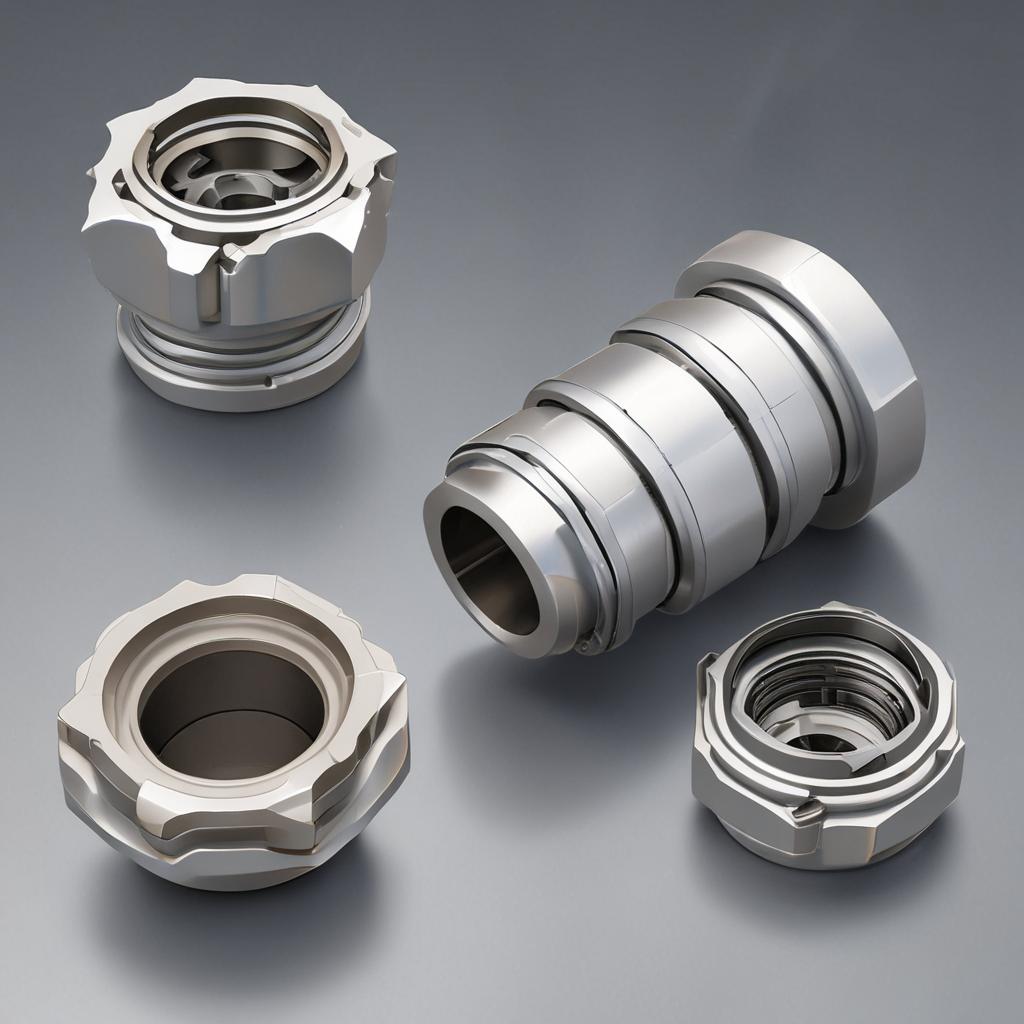
For example, when loosening a bolt in an engine bay, the joint compensates for the angle, letting you apply force directly without shifting the socket’s position.
Choosing the Right Universal Joint Socket
Material and Durability Considerations
Most universal joint sockets are made from high-strength materials like:
- Chrome vanadium steel (for impact resistance and durability)
Opt for tools with heat-treated components to resist wear and breakage under stress.
Socket Types and Compatibility
When selecting a universal joint socket, consider:
- Standard vs. deep-well sockets (for bolts with long threads)
Common Mistakes When Using Universal Joint Sockets
To avoid mishaps:
- Never over-tighten, as this can damage the joint or strip bolts.
Maintenance and Longevity Tips
To extend the life of your universal joint socket:
- Store it in a dry place to prevent rust.
Frequently Asked Questions (FAQs)
Q1: Can a universal joint socket be used with impact drivers?
While possible, it’s risky due to the high torque and potential joint damage. For impact applications, opt for a dedicated impact-rated universal joint.
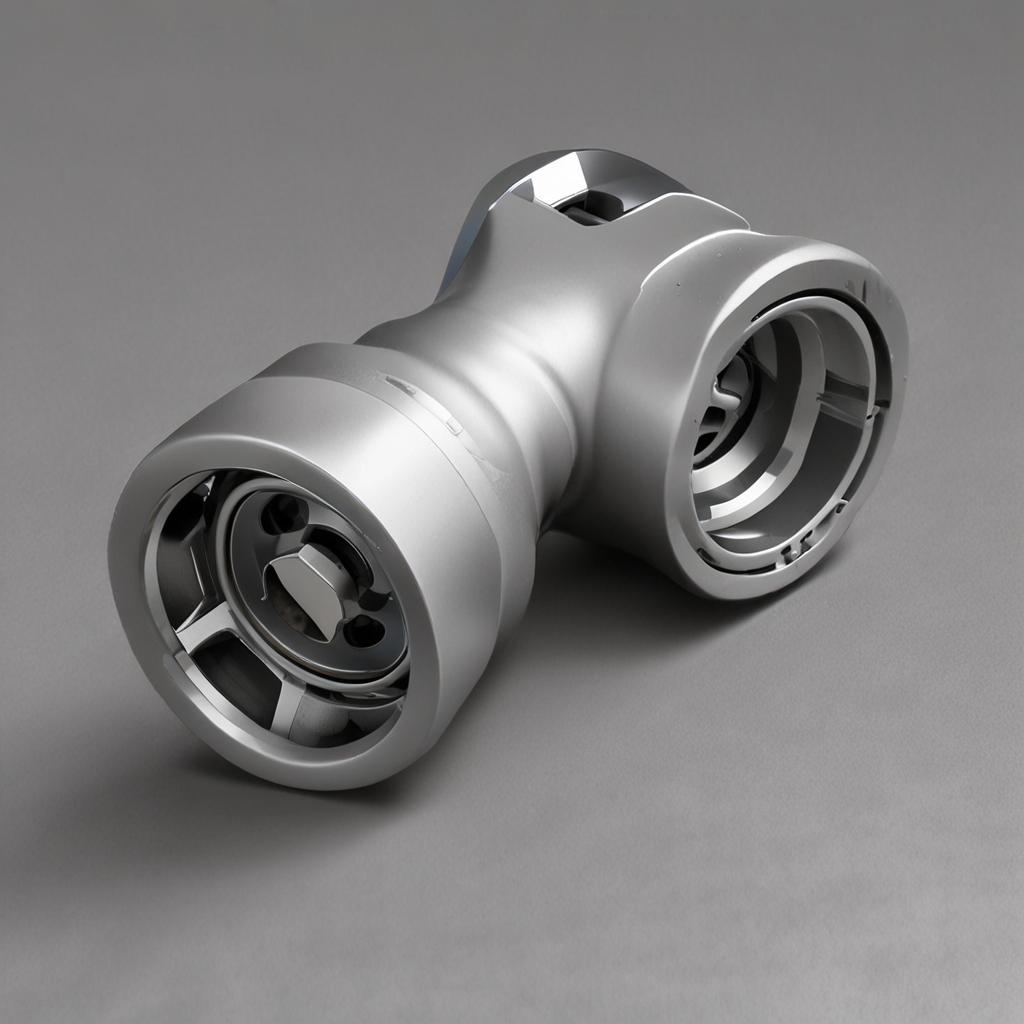
Q2: What’s the difference between a universal joint and a flexible extension?
A universal joint maintains rigidity and torque transmission, while a flexible extension bends more easily but may lose precision under load.
Q3: Are universal joint sockets worth the investment for home use?
If you frequently work on vehicles or machinery, yes. For occasional use, renting or borrowing may suffice.
Q4: How do I know if my universal joint socket is damaged?
Look for excessive wobbling, visible cracks, or difficulty transmitting torque—these indicate it’s time for a replacement.
Q5: Can I use a universal joint socket for overhead work?
For safety, use a breaker bar or extension instead to prevent the tool from slipping and causing injury.
Conclusion
A universal joint socket is a game-changer for anyone working in tight spaces or complex assemblies. Whether you’re a professional mechanic or a weekend DIYer, its ability to bend without breaking makes it an indispensable tool. By choosing the right type, using it correctly, and maintaining it properly, you’ll ensure it lasts for years of reliable performance. Invest in quality, and you’ll never dread reaching that next elusive bolt again.

